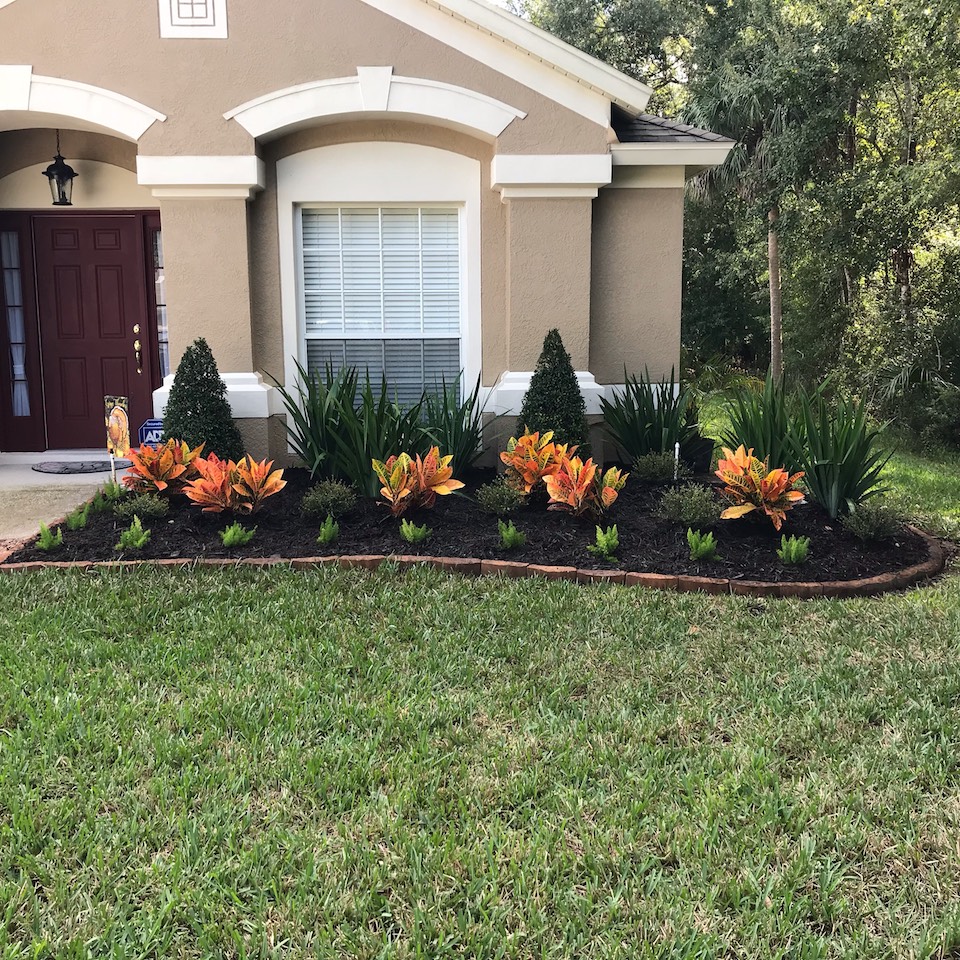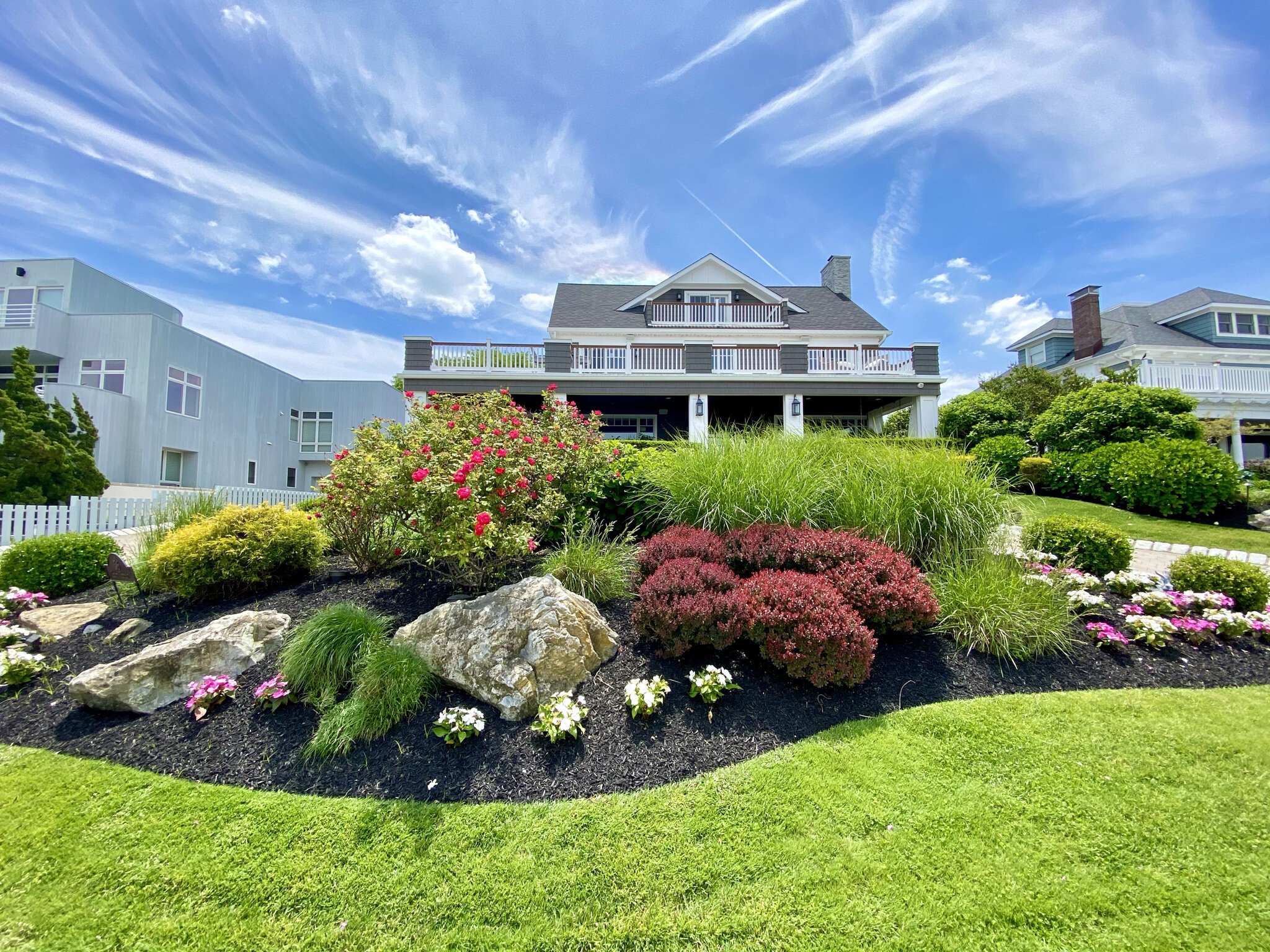The Best Tip to Preserving Your Backyard with Palm Desert Landscaping
A Comprehensive Guide to Creating and Implementing Effective Landscape Design Solutions
The art and scientific research of landscape design extend past plain aesthetics; they involve a thoughtful combination of style principles, ecological stewardship, and sensible application. A thorough guide to effective landscaping solutions begins with an extensive understanding of your exterior area, highlighting the value of unity, balance, and percentage. As we check out sustainable methods and the selection of appropriate vegetation, the ramifications for biodiversity and community well-being end up being progressively noticeable. What techniques can one use to ensure these landscapes not just thrive but likewise prosper in consistency with their environments?

Recognizing Landscape Design Principles
One could question what foundational aspects add to effective landscape layout. At its core, successful landscape style depends upon numerous vital concepts that assist the plan and option of components within an area. These principles include unity, rhythm, balance, and proportion, each serving to develop an unified outdoor environment.
Unity describes the cohesive partnership among numerous elements, making certain that they interact cosmetically and functionally. Balance can be accomplished through in proportion or asymmetrical plans, enabling the landscape to feel steady and welcoming. Percentage entails understanding the scale of elements in connection with each other and the surrounding environment, advertising visual harmony and comfort.

Evaluating Your Outdoor Space
Before executing the principles of landscape style, a comprehensive analysis of your exterior room is essential. This first examination helps specify the extent of your landscaping project and guarantees that your style lines up with the unique attributes of your property. Begin by analyzing the dimensions of your area, taking specific measurements to understand the available location for various aspects such as pathways, patios, and gardens.
Next, observe the existing features of your landscape, including topography, soil quality, and drainage patterns. These aspects substantially influence plant option and placement. Additionally, analyze the sunshine direct exposure throughout different locations throughout the day, as this will influence the kinds of plants that grow in your garden.
Think about the microclimates developed by frameworks, trees, and various other barriers, as they can affect temperature and wetness levels. Take note of any type of existing plants or hardscape components that you want to remove or retain. This extensive evaluation prepares for a knowledgeable and reliable landscaping service, making certain that your design is not only aesthetically pleasing however lasting and likewise functional for years ahead.
Lasting Landscaping Methods
These practices not just promote ecological important site balance but additionally check here improve the useful and aesthetic value of a landscape. Implementing reliable irrigation systems, such as drip irrigation, minimizes water waste and makes certain that plants get sufficient dampness (Palm Desert Landscaping).

An additional efficient strategy is the tactical positioning of shrubs and trees to give all-natural windbreaks and shade, thus lowering energy costs (Palm Desert Landscaping). Rain yards can be integrated into the landscape layout to manage stormwater overflow successfully, filtering contaminants before they enter rivers
Picking the Right Plants
Picking the right plants for your landscape is essential to achieving both aesthetic charm and ecological harmony. The process starts with an understanding of your neighborhood climate, dirt problems, and the particular microenvironments within your landscape. Evaluating aspects such as sunshine exposure, wetness degrees, and existing vegetations will certainly aid you pick plants that grow in your unique setup.
Consider integrating indigenous plants, as they are well-adapted to regional conditions, need much less upkeep, and assistance local wildlife. In addition, choosing a diverse variety of varieties can improve biodiversity while lowering the threat of disease and insect outbreaks. It is vital to examine the development habits, growing durations, and seasonal colors of prospective plants to produce a vibrant and cohesive landscape.
In addition, think regarding the meant usage of the area; for example, if the area will certainly experience high foot website traffic, select resistant ground covers. By thoughtfully picking plants that line up with both your visual goals and ecological requirements, you can develop a sustainable landscape that not just improves your try this residential property but likewise adds positively to the surrounding ecosystem.

Execution and Maintenance Approaches
Once the ideal plants have been selected for your landscape, the focus shifts to efficient execution and recurring upkeep strategies. Effective installation begins with appropriate site prep work, that includes dirt testing to determine nutrient levels and pH, complied with by changing the soil as required. Meticulously organize plants according to their development behaviors and light requirements, making sure appropriate spacing to promote healthy and balanced development.
Irrigation is an essential element of implementation. Establish a watering schedule that thinks about the certain requirements of each plant species, readjusting for seasonal modifications. Utilizing drip watering systems can boost water effectiveness and minimize drainage.
Upkeep strategies need to be executed to guarantee the longevity and vitality of your landscape. Regular tasks consist of weeding, mulching, and trimming to regulate development and prevent illness. Fertilization ought to be performed based upon dirt examinations, giving the necessary nutrients without over-fertilizing.
Keeping track of for parasites and illness is important; early discovery can protect against considerable damages. Seasonal modifications to maintenance regimens, such as winterizing perennials and preparing for springtime development, will make sure that your landscape continues to be healthy and balanced and visually enticing year-round.
Conclusion
Effective application and recurring maintenance further guarantee the durability and vitality of landscapes. By integrating these elements, landscapes can be changed right into lovely, practical environments that advertise biodiversity and add positively to area wellness.
One could wonder what fundamental components add to effective landscape design. At its core, successful landscape layout hinges on a number of key principles that guide the plan and option of aspects within a space.Picking the right plants for your landscape is critical to achieving both aesthetic allure and eco-friendly harmony. It is vital to review the development practices, growing periods, and seasonal shades of possible plants to develop a dynamic and natural landscape.
Once the ideal plants have actually been selected for your landscape, the focus shifts to effective implementation and recurring upkeep strategies.